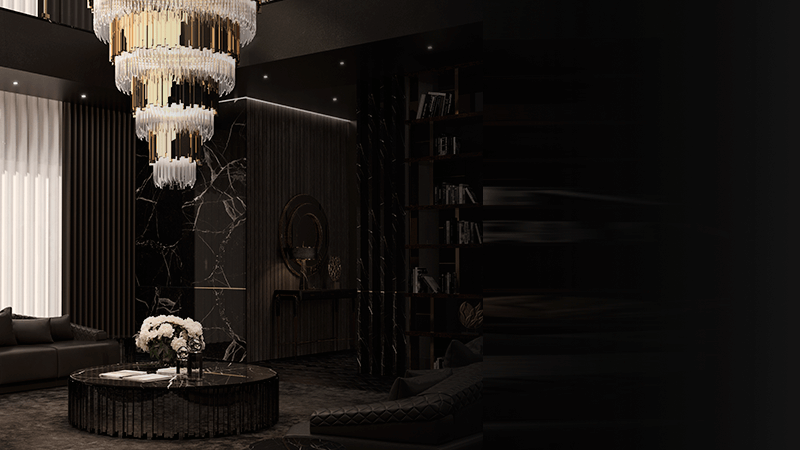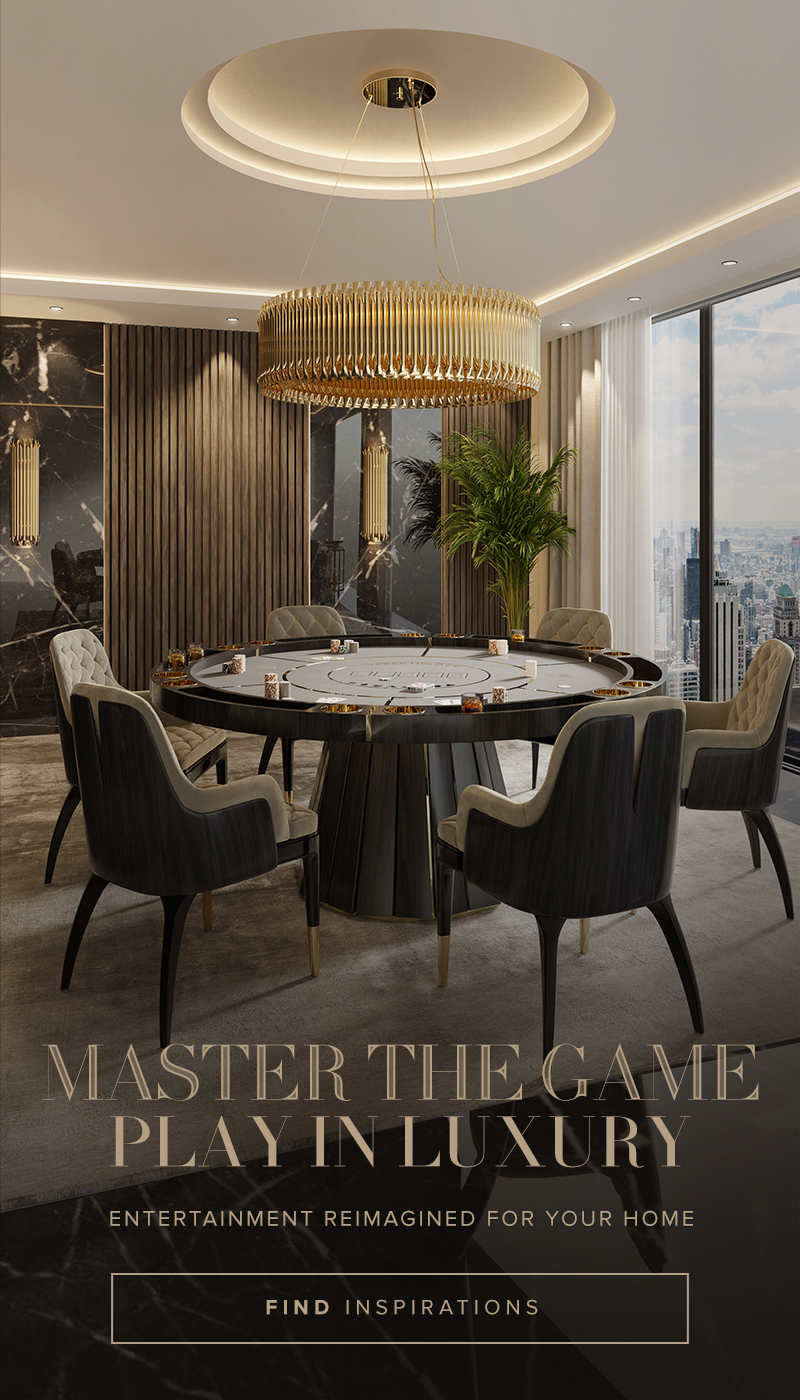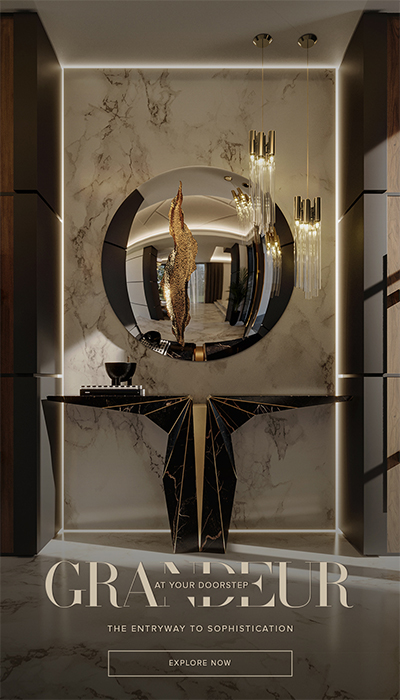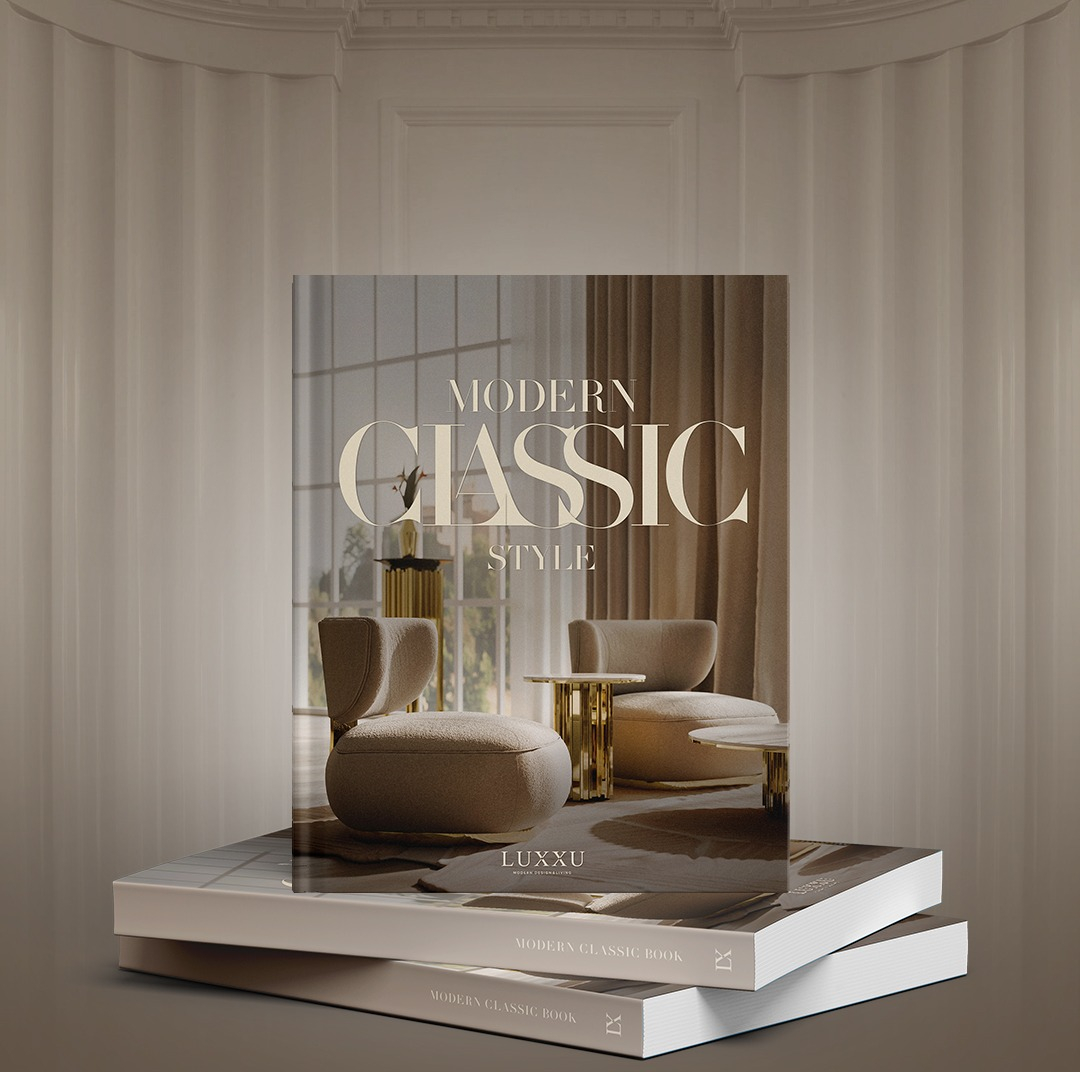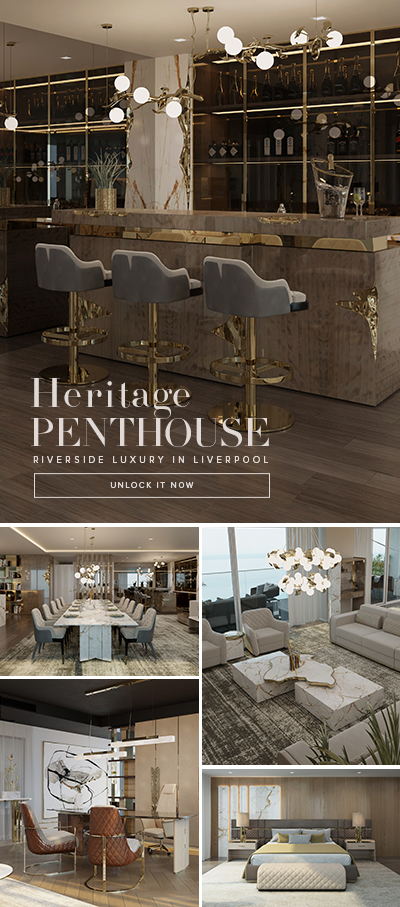Home and Lighting Brochure 2025: Step into a world of refined elegance with LUXXU's Home Brochure. A curated selection of
Tornadoes: A Lighting Design by Martin Kimbell

The English photographer Martin Kimbell has created beautiful light tornadoes using LEDs and exposure techniques. This ambient lighting is a unique form of modern art that Martin considers different from all light patterns. Stay with us and let us show you this amazing work of contemporary design and find more about these stunning lighting design tornadoes.
Martin Kimbell utilized LEDs attached to hoops and long exposure techniques to create airborne light forms that resemble that of an otherworldly spacecraft. The photographer hurls the LED hoops in the air, resulting in beautiful light twists that look like modern design tornadoes.
See also: Best of Lighting Design Awards 2015
His work is similar to photographer Andreas Feininger’s project created back in 1949 when the French artist attached lights to a helicopter. Kimbell’s series is inspired by the works of Arizona-based photographer Stu Jenks who used light and fire to create similar tornado-looking light forms. Despite his inspiration, we have to agree that his final work is very exceptional and unique, don’t you agree?
The photographer explains his true passion in an exclusive interview: “What I love about light painting is that it gives me a level of control and creative freedom which is rare in most forms of photography. Through the adding of different light patterns, or by illuminating it differently, I can completely transform the scene.”
Martin Kimbell is only 25-years-old but he already manages beautifully the modern art of lighting design. The English photographer captures images of sweeping ribbons of white light while wandering around quiet countryside locations across the UK. Leicestershire and Dartmoor are some of his favorite locations, which he explores at night for maximum impact.
How do you feel about this amazing contemporary design? Are you a passionate for modern lighting and new forms of expressing it? Tell us all about your work in the comments bellow!
